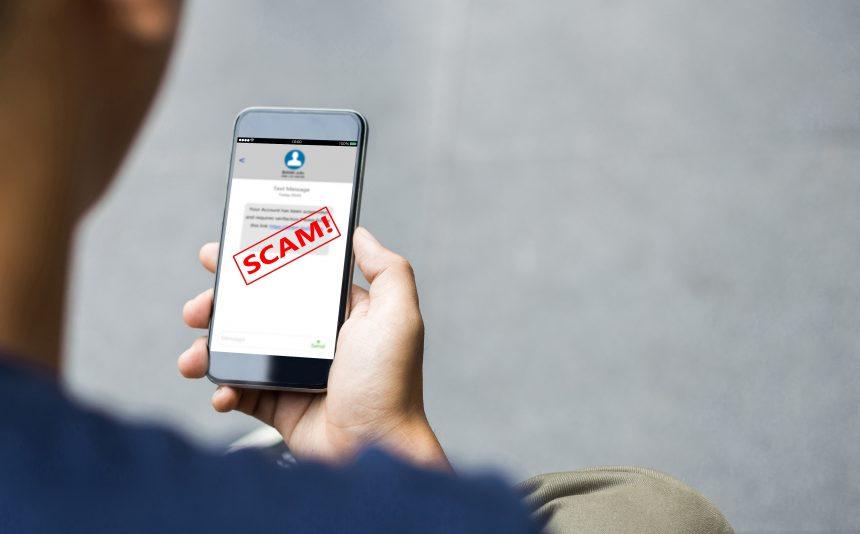Phishing scams are deceptive attempts to acquire sensitive information such as usernames, passwords, credit card numbers, or other personal details by masquerading as a trustworthy entity in electronic communication. These scams often take the form of emails or messages that appear legitimate but are designed to trick recipients into revealing confidential information. Cybercriminals typically infiltrate systems through social engineering tactics, using enticing subject lines and alarming messages to capture attention.
The Trust Wallet Phishing Scam
The Trust Wallet phishing scam mentioned in the reference article is a recent example of such fraudulent activities. The scam is characterized by an email claiming to be from “Trust Wallet Support,” purportedly warning users about a security alert. The email typically originates from addresses resembling legitimate domains but often contain slight variations to appear authentic.
Details of the Scam Email:
- Sender Email Address: Users may receive emails from addresses like
support@trustwallet.com, which can easily be spoofed by scammers. - Contents of the Email: The message usually informs the recipient that their Trust Wallet has encountered suspicious activity or requires immediate action to secure their account.
- Instructions Provided: Recipients are prompted to click on links leading to fraudulent websites designed to harvest personal information. The emails may request users to verify their account or provide private keys, wallet addresses, or recovery phrases, which should never be shared.
Text presented in the “Trust Wallet – New Security Alert” spam email letter:
Subject: Your Wallet Requires Urgent Verification Thursday, September 26, 2024 7:48 a.m.
Trust
NEW SECURITY ALERT
Dear ********,
Your 12 or 24-word private wallet phrase has recently been updated as part of our routine security checks and upgrades.
You are currently using your old private wallet phrase.
To send or receive cryptocurrency, you must re-validate your wallet.
Please click the *Re-validate My Wallet* link below and enter your old 12 or 24-word private wallet phrase on the next page.
If you encounter any issues with the link, you can alternatively reply to this email with your old 12 or 24-word private wallet phrase, and we will re-validate your wallet.
Note: Failure to do this within twenty-four (24) hours may result in the potential loss of all your crypto assets.
Re-Validate My Wallet
Customers ID: 01-83B7291O3AU
Email Date: (9/26/2024 7:48:52 a.m.)
Best Regards,
Trust Wallet Inc.
Purpose of the Scam:
The primary purpose of this scam is to gain unauthorized access to the user’s Trust Wallet and the funds contained within it. By tricking individuals into providing their sensitive information, scammers can steal cryptocurrency and other digital assets.
Common Reasons for Encountering the Scam
Users may encounter this phishing scam for several reasons:
- Public Awareness Campaigns: Increased promotions of Trust Wallet or other cryptocurrency services often lead scammers to target users who may be exploring these platforms.
- Increased Cryptocurrency Investments: As more individuals invest in cryptocurrencies, there’s a higher likelihood of falling victim to scams designed to exploit their naivety.
- Urgency and Fear: The sense of urgency created in the email compels users to act quickly without thoroughly evaluating the legitimacy of the message.
Similar Threats
Users should be aware of other phishing scams that may resemble the Trust Wallet threat, including:
- Coinbase Phishing Emails: Fake emails claiming security issues or account verifications, urging users to click on malicious links.
- MetaMask Phishing Scams: Similar tactics using messages that prompt users to provide sensitive information regarding their crypto wallets.
Comprehensive Removal Guide
If you suspect that you have fallen victim to the Trust Wallet phishing scam or have malware associated with it on your device, follow these detailed steps to remove the threats:
Step 1: Disconnect from the Internet
- Immediately disconnect your device from the internet to prevent any further data transmission to the scammers.
Step 2: Remove Suspicious Applications
- Windows:
- Press
Windows + Rto open the Run dialog. - Type
appwiz.cpland press Enter to open the Programs and Features window. - Look for any suspicious applications that you did not install intentionally.
- Select them and click on
Uninstall.
- Press
- Mac:
- Open
Finderand go toApplications. - Drag any suspicious applications to the Trash.
- Right-click on Trash and select
Empty Trash.
- Open
Step 3: Scan for Malware
- Download SpyHunter:
- Download SpyHunter.
- Install the application by following the on-screen instructions.
- Run a Full System Scan:
- Open SpyHunter and initiate a full system scan to detect any malware.
- Once the scan is complete, review the results and follow the prompts to remove any identified threats.
Step 4: Change Your Passwords
- Change passwords for your Trust Wallet and any other services that may have been compromised.
- Use strong, unique passwords and consider enabling two-factor authentication (2FA) for additional security.
Step 5: Monitor Your Accounts
- Regularly monitor your bank and cryptocurrency accounts for any unauthorized transactions.
- Report any suspicious activity to your bank or service provider immediately.
Further Actions: Prevention Tips
To avoid falling victim to similar scams in the future, consider the following precautions:
- Verify Email Addresses: Always double-check the sender's email address for legitimacy.
- Avoid Clicking Links: Instead of clicking on links in emails, visit the official website directly by typing the URL into your browser.
- Stay Informed: Keep abreast of common phishing tactics and scams in the cryptocurrency space.
- Use Security Software: Employ reliable anti-malware tools like SpyHunter to provide ongoing protection against potential threats.
Conclusion
The Trust Wallet phishing scam is just one of many tactics used by cybercriminals to exploit individuals in the cryptocurrency sphere. By recognizing the signs of phishing scams and implementing the removal and prevention strategies outlined above, you can protect your digital assets and personal information from potential threats.




